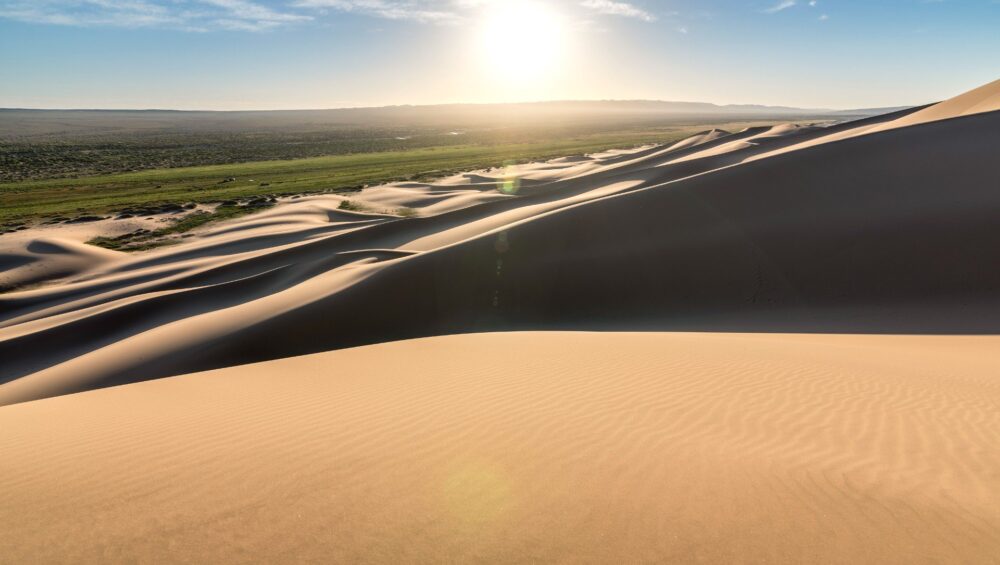Are There Any Restrictions for Foreign Visitors in Mongolia?
Are There Any Restrictions for Foreign Visitors in Mongolia?
Mongolia is an enticing destination for travelers seeking wide-open landscapes, rich nomadic culture, and unspoiled nature. However, before you embark on your adventure, it’s essential to understand the restrictions and requirements for foreign visitors. Here’s a comprehensive guide to help you plan your trip smoothly.
Entry Requirements for Mongolia
- Visa Policies
- Many nationalities, including U.S., Canadian, and EU citizens, can enter Mongolia visa-free for up to 30 days.
- Other travelers must apply for a visa in advance through Mongolian embassies or consulates.
- Always check the latest visa requirements as they can vary based on your nationality.
- Passport Validity
- Ensure your passport is valid for at least six months beyond your planned departure date.
- Health and Vaccination Requirements
- While Mongolia doesn’t mandate vaccinations, it’s recommended to be vaccinated against Hepatitis A, Typhoid, and Rabies.
- COVID-19 restrictions, if any, should be checked before traveling.
Travel Restrictions in Mongolia
- Restricted Areas
- Certain regions, such as border zones near Russia and China, require special permits. These permits can often be arranged through travel agencies or local guides.
- Environmental Protections
- Mongolia prioritizes preserving its natural landscapes. Visitors must adhere to rules in national parks and protected areas, such as staying on designated trails and avoiding littering.
- Cultural Sensitivities
- Respect the traditions of nomadic families, especially if you visit their gers (yurts). Always ask permission before taking photos and follow local etiquette.
Important Tips for Foreign Visitors
- Currency and Payments: The Mongolian Tugrik (MNT) is the local currency. Credit cards are accepted in cities but carry cash for remote areas.
- Connectivity: Internet access is limited outside Ulaanbaatar. Consider purchasing a local SIM card for communication.
- Driving Permits: If you plan to drive, you’ll need an International Driving Permit (IDP).
Safety Guidelines
- Mongolia is generally safe, but exercise caution in urban areas to avoid petty theft.
- Travel insurance is highly recommended for emergencies, including medical evacuation from remote areas.
- Check weather conditions before traveling, as Mongolia’s climate can be extreme and unpredictable.
Conclusion
Mongolia’s restrictions for foreign visitors are minimal, making it an accessible destination for most travelers. By understanding the entry requirements and adhering to local regulations, you can ensure a memorable and hassle-free journey.
For the latest travel updates and tips, follow our blog!
#TravelMongolia #MongoliaVisa #MongoliaTravelRestrictions #ExploreMongolia #MongoliaTips #NomadicCulture #AdventureTravel













